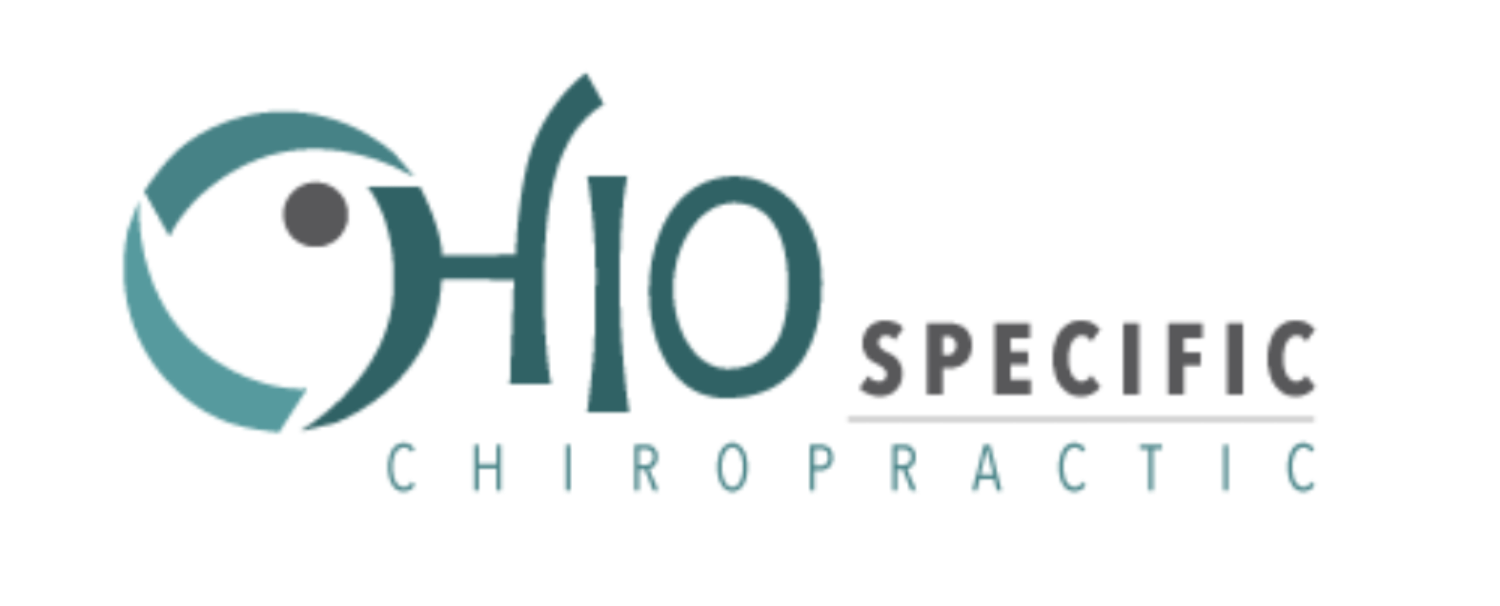What to Expect: 9 Steps of Your First Visit at OHIO Specific Chiropractic
So you finally made an appointment and are going to the Chiropractor for the first time. Are you a little anxious? How about excited? Confused on what to expect?
The experience might seem a little daunting if you’ve never been to a Chiropractor before. But rest assured, the process is safe, easy and will be beneficial to your health.
The unknown can be intimidating. I want to breakdown some key aspects of what to expect from visiting my office for the first time. Having an idea of the process can help calm some concerns. Here are 9 steps of your first visit at OHIO Specific Chiropractic.
Initial Consultation
Here is where I find out more about you and your initial expectations about Chiropractic care. At this stage, I will do my best to listen to your questionings surrounding how Chiropractic can serve you. At this point, I will also determine if my model of care would be beneficial for you as well as refer you out if necessary.
Postural Exam
Here is where I look broadly at your posture and stance. I will look for things such as head tilt and rotation of the cervical spine and a low shoulder. These simple but profound clues help give me a glimpse into abnormal neurological patterns and muscle imbalances of the upper cervical spine.
Thermography Instrumentation
The chirometer, K4 and NCM Nerve System analyzers help find neurological disruptions at the brainstem level. Your pattern of nerve disruption is similar to a thumbprint. It is unique to you alone and indicates an important piece to the analysis puzzle. What is great about these tests is that they are non-invasive accurate ways to measure how the Nerve System is functioning.
X-ray Studies
Next, I will take X-ray images of your cervical spine. I take three specific views to get a 3-Dimensional picture of your misalignment. I analyze the images with a strict protocol that helps me diagram out the misalignment part of the vertebral subluxation.
Palpation Tests
There are three main palpation tests I use. They are static palpation, motion palpation and muscle palpation. Each helps add some nuances to the vertebral subluxation analysis. Static palpation tests the integrity of the upper cervical spine joints while the patient is still. Motion palpation tests how the joints act while in motion. Muscle palpation tests how the muscles that stabilize the spine interact with each other, both in static and in motion.
Vertebral Subluxation Analysis
The analysis is where I take the information from the exam thus far (the postural, thermography, X-rays, palpation) and put it all together. Here is where I put all the individual puzzle pieces together and step back. At this point, I can see the whole picture that determines your Vertebral Subluxation presentation.
Specific Adjustment
After first discovering “what” needs corrected, I can now initiate the “how” component of the correction- the adjustment. The adjustment is a quick, light and specific force applied to the misaligned vertebra that is producing the brainstem disruption. While the Chiropractor often takes credit for the adjustment, the setting of the adjustment is actually performed by the patient’s response to the applied force. This leads us into the next step.
Rest Period
Weeks, month and even years of abnormal compensation have led to a vertebral subluxation. Every patient rest a minimum of 15 to 20 minutes after an adjustment; preferably on their back or sitting up in a neutral, comfortable position. This period of relaxation initiates the strengthening and stabilizing phase of care. Muscles and ligaments are creatures of habit when it comes to vertebral subluxations. It takes time to retrain abnormal compensations into normal adaptations.
Post-Check
After the rest period, I perform one more round of thermography testing. Again, because of their non-invasive nature, I can monitor how the adjustment went through these instruments. This is the most important aspect of the initial visit. Finding a vertebral subluxation is all well and good, but if you can’t deliver on correcting a vertebral subluxation, what is the point? The post-check testing indicates to me in real-time if I gave a proper adjustment that corrected the vertebral subluxation.
